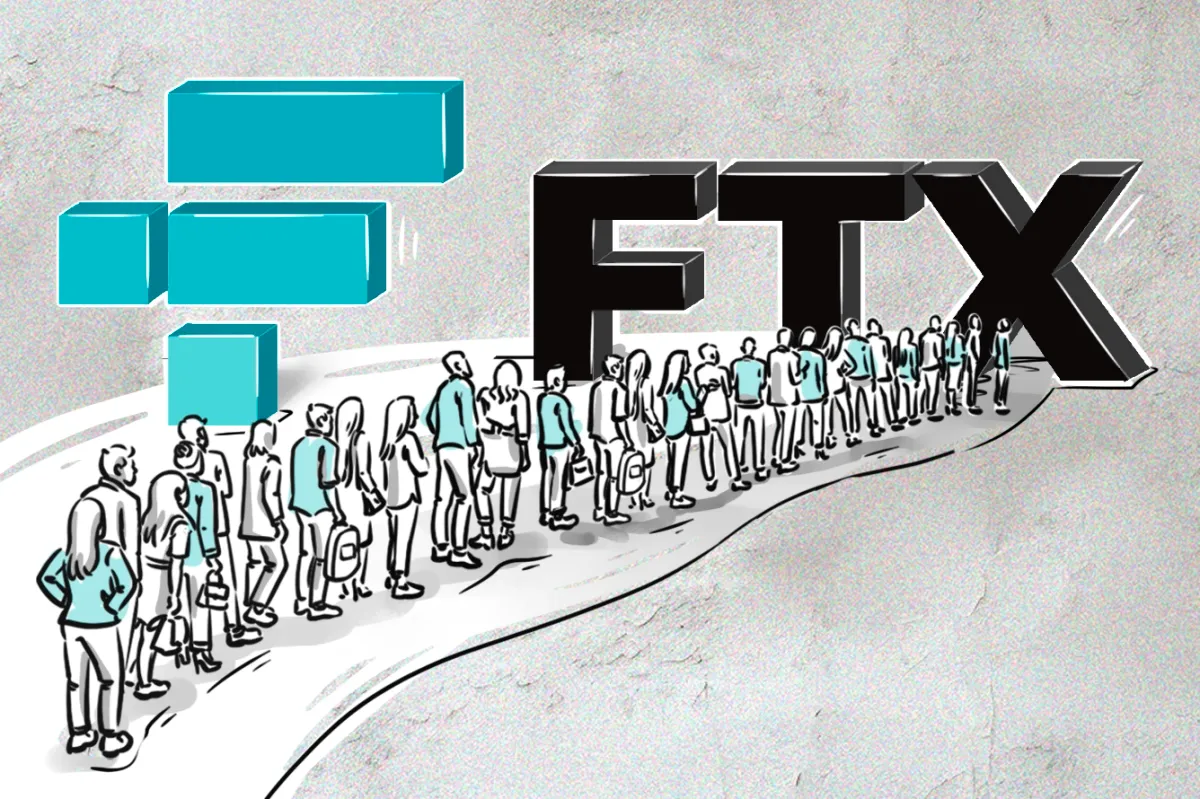
Bankrupt cryptocurrency exchange FTX Trading Ltd. has filed a proposed plan for its reorganization, estimating that it could distribute between $14.5 billion and $16.3 billion to its creditors and customers.
The plan focuses on distributing assets associated with FTX at the time of its collapse in November 2022. The filing specifies that the location of the assets at the time is irrelevant: the plan aims to distribute the total value wherever it may have been held.
According to its May 7 press release, FTX's recovery plan hinges on monetizing "an extraordinarily diverse collection of assets." This includes proprietary investments held by its affiliated businesses, such as Alameda Research and FTX Ventures, as well as assets under the control of the liquidators of FTX Digital Markets in the Bahamas, the Securities Commission of The Bahamas, the liquidators of FTX's Australian division, and the U.S. Department of Justice.
The FTX Debtors today filed their anticipated amended Plan of Reorganization and accompanying Disclosure Statement with the U.S. Bankruptcy Court. Read about it here https://t.co/EGmlVdWOaS below: pic.twitter.com/bwwvRolX21
— FTX (@FTX_Official) May 7, 2024
The plan proposes full repayment to non-governmental creditors based on the value of their claims as determined by the court. Additionally, FTX proposes interest payments of up to 9% per year, calculated from the date FTX filed for bankruptcy.
But according to calculations, When FTX collapsed in November 2022, bitcoin was priced at around $16,080. Since then, crypto prices have risen substantially, with the price now closer to $62,675. Overall, that equals a loss of around 290%. Due to this, some creditor representatives argued against the compensation plan.
FTX also outlines a subordination arrangement for governmental creditors like the Internal Revenue Service (IRS) and Commodity Futures Trading Commission, ensuring they are paid only after non-governmental creditors receive full repayment with interest.
Moreover, the plan incorporates specific agreements to resolve substantial claims, such as the $24 billion in IRS claims settled for a $200 million cash payment and a $685 million subordinated claim. It also suggests potential agreements where some government entities might contribute recoveries on their claims to a "'Supplemental Remission Fund" for further distribution to certain customers and creditors.
The plan establishes a "convenience class" for about 98% of FTX's creditors. Those with claims of $50,000 or less would receive up to 118% of their claims (original loss plus 2 years interest at 9%) within 60 days following the Delaware Bankruptcy Court's approval.
John J. Ray III, the CEO and Chief Restructuring Officer of FTX, praised the effort and cooperation from governmental and private stakeholders, which has been crucial in reaching this stage of the reorganization process.
At the end of March, Samuel Bankman-Fried (SBF), the former CEO of FTX, was sentenced to 25 years in prison by a New York court after being found guilty of fraud and related charges. On April 22, SBF reportedly reached a deal with a group of investors to help them in a legal fight against celebrity promoters who endorsed FTX and, in exchange, have the charges against him dropped in another class-action lawsuit.

